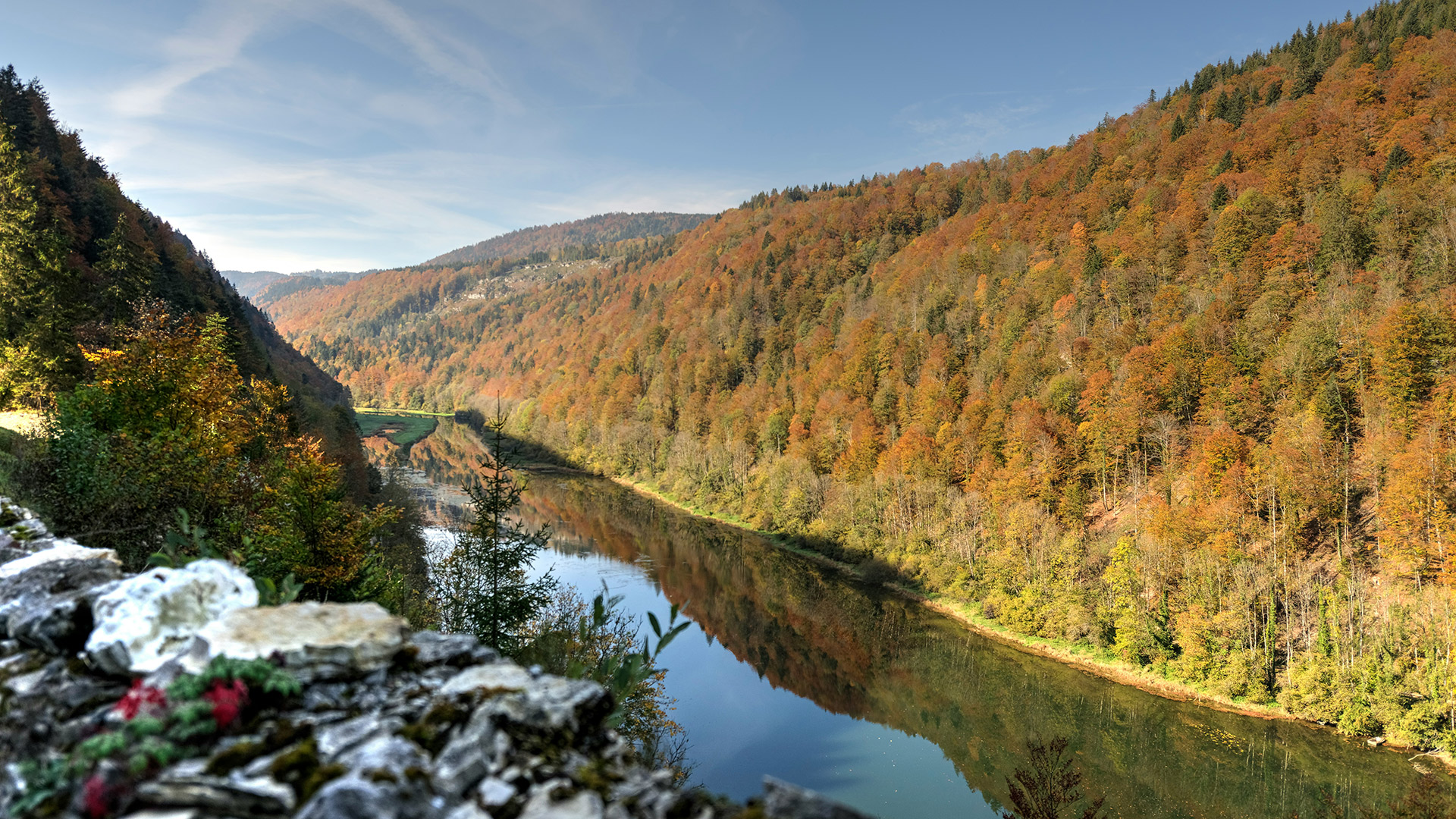The Trans Swiss Trail passes through the whole of Switzerland, stretching from the Northwest in Porrentruy to the southernmost point in Mendrisio. It is signposted with trail number 2 by Wanderland Schweiz and is one of the 7 official national hiking routes of Switzerland. The trail stands out as one of Switzerland’s most incredible long-distance hiking routes.
The hike leads you through all geographical regions of Switzerland like Jura, Mittelland, and the Alps. A lot of the stages go along some of the numerous Swiss rivers. The highlight of the trail is the crossing of the famous Gotthard Pass, which is also the highest point of the hike.
You’ll hike through beautiful landscapes, plunge yourself into the country’s various cultures, and encounter famous landmarks. Along the way, you’ll come across alpine lakes and towering peaks, little villages, and world-class cities. Across 32 official stages covering 488 kilometers, you’ll experience Switzerland at its finest.



















